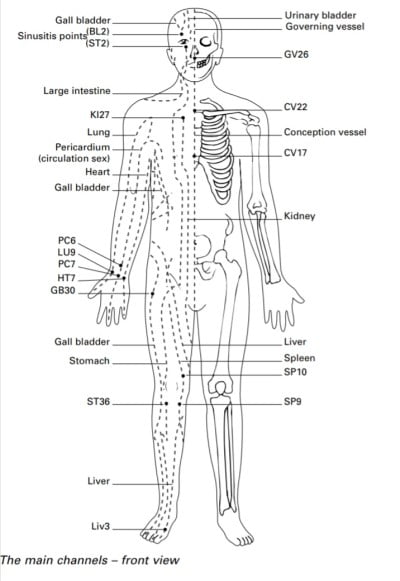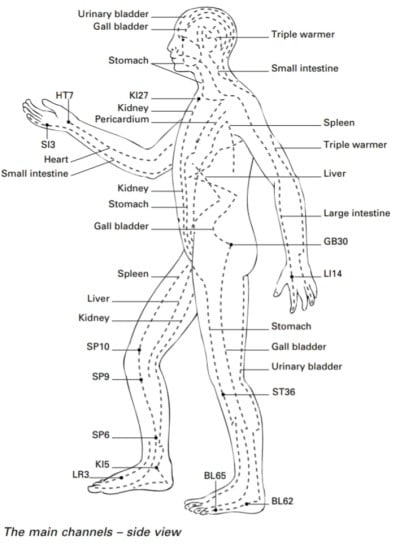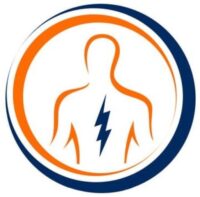‘ACUS’, a Latin word that means ‘NEEDLE’ & ‘PUNCTURE’ meaning ‘TO PUNCTURE’. If skin-piercing by a needle is acupuncture then dry needling can also be termed acupuncture, but here is a different case. Dry needling and acupuncture are very different treatments though they both use the same needles. Today we are going to discuss ‘dry needling vs acupuncture ‘.
Dry Needling vs Acupuncture: Exploring Two Therapeutic Techniques
Two techniques in alternative medicine have drawn interest because of their ability to treat a variety of illnesses and reduce pain: acupuncture and dry needling. These techniques differ greatly in their concepts, uses, and origins, despite the fact that they both use fine needles and share certain visual similarities. We shall explore the unique characteristics of acupuncture and dry needling in this blog article, highlighting their distinctions, advantages, and methods.
DRY NEEDLING
What is Dry Needling?
Physicians, chiropractors, and physical therapists are among the healthcare practitioners who use dry needling as a therapeutic therapy. This technique aims to reduce muscle pain and enhance function by directly inserting tiny filiform needles into trigger points or tight bands of skeletal muscles.

How does Dry Needling works?
Targeting myofascial trigger points—hyperirritable areas within a muscle that are connected to palpable nodules and tight bands—is the primary goal of dry needling. When compressed, these trigger points can produce pain and referred pain, which can lead to muscular dysfunction and limited range of motion.
Local twitch responses are produced by stimulating the muscles and nervous system by introducing needles into specific trigger points. This twitch reaction facilitates improved blood flow, pain relief, and muscular release. Unlike acupuncture, which emphasizes the passage of energy, dry needling concentrates on the physiological effects of needling in the treatment of musculoskeletal disorders.
Conditions treated with Dry Needling
Dry needling is frequently used by medical professionals to treat a range of musculoskeletal conditions, such as:
- Pain and stiffness in the muscles: shoulder, lower back, neck, and other discomforts relating to the muscles.
- Chronic Pain Syndromes: Fibromyalgia, myofascial pain syndrome, and tension headaches.
- Sports injuries include overuse injuries, sprains, and strains.
Benefits of Dry Needling
- Pain Relief: By relieving muscle tension, the technique can offer instant pain relief.
- Increased Range of Motion: It helps improve movement and flexibility by focusing on trigger points.
- Complements Other Therapies: To increase the efficacy of physical therapy or rehabilitation programs, it can be incorporated.
Safety Consideration
In general, dry needling is safe when done by qualified medical professionals. On the other hand, a small number of people might have slight adverse effects like pain, bruises, or transient bleeding at the needle insertion sites. To reduce risks, it’s important to receive therapy from a licensed and competent practitioner.
ACUPUNCTURE
What is Acupuncture?
Acupuncture is a traditional Chinese medicine that includes the insertion of tiny needles into specific body sites called meridians or acupuncture points. Its foundation lies in the idea of restoring equilibrium to the body’s “qi,” or energy flow, in order to heal and prevent a variety of illnesses.


How Does Acupuncture Work?
The underlying theory of traditional Chinese medicine (TCM) is that the body’s energy, or qi, moves through channels known as meridians. Illness or pain can result from a disruption or blockage in the passage of qi. Acupuncture stimulates particular spots along these meridians in an attempt to bring the qi back into equilibrium.
In order to stimulate these points, acupuncture needles are placed at different depths and adjusted manually or electronically. It is believed that by stimulating the body’s innate healing process, this stimulation will encourage the flow of qi and restore equilibrium.
Conditions treated with Acupuncture
Numerous ailments are frequently treated with acupuncture, including:
- Stress and Anxiety: It could aid in lowering tension and anxiety levels as well as enhancing general wellbeing.
- Digestive Disorders: Irritable bowel syndrome (IBS) and nausea are two disorders that acupuncture may help treat.
- Chronic Pain: Headaches, migraines, arthritis, and neuropathic pain.
Benefits of Acupuncture
- Holistic Approach: By restoring the body’s equilibrium, it seeks to heal illnesses at their source.
- Pain Management: The ability of acupuncture to relieve pain and lower inflammation is well recognized.
- Minimal Side Effects: When acupuncture is administered by a qualified professional, side effects are uncommon.
Safety Considerations
When administered by a trained and certified professional with sterile needles, acupuncture is usually safe. Nonetheless, at the insertion sites, there may occasionally be mild bleeding, pain, or bruises. To lower the danger of infection, it is crucial to make sure the practitioner uses disposable needles and adheres to good cleanliness procedures.
Dry Needling vs Acupuncture: The Difference
Origin & Philosophy
Dry needling: With its roots in Western medicine, this technique targets muscle trigger points to relieve musculoskeletal discomfort.
Acupuncture: Derived from traditional Chinese medicine, this modality focuses on qi balance to support general health and well-being.
Techniques & Approach
Dry needling: This technique reduces pain and enhances function by focusing on particular muscle trigger points.
Acupuncture: Uses needles inserted at certain meridian locations to treat a variety of health issues and restore qi flow.
Treatment Focus
Dry needling: Mostly used for pain relief and musculoskeletal problems.
Acupuncture: Often used to treat a wide range of illnesses, such as mental health issues, digestive issues, and chronic pain.
FAQs
The needles used in these treatments are very fine. Nowadays, the use of stainless steel needles is common.They are incredibly flexible, unbreakable, and resistant to rust.
These needles are not the same as hypodermic needles at all. Hypodermics are hollow and thick needles. For rapid delivery of liquids in the body, we use hypodermic needles. Acupuncture needles are solid and have a very sharp point hence they don’t cause more pain.
It depends upon the size and the area of the body. On fleshy areas such as the buttocks, the needles may go deeper to at least one and a half inches. At non-fleshy parts, they penetrate to only about one-tenth of an inch.
It is extremely unusual for these needles to draw any blood during the treatment. People often expect that any penetration of the skin will lead to bleeding, but these needles are so fine.
Rarely a small drop of blood may appear and can cause a bruise.
This is the most common question as everyone is anxious about pain. But these needles don’t cause pain as such. Many patients who have undergone this treatment say that needles don’t bother them. All they feel is a mild sensation that is not that much painful or irritating. But this may vary from person to person.
Conclusion:
In conclusion, although small needles are used in both dry needling and acupuncture, their underlying theories, practical uses, and therapeutic goals are very different. Dry needling targets trigger points in the muscles to treat musculoskeletal problems, whereas acupuncture restores the flow of qi along meridians to address general health in a holistic manner. Both methods have special advantages and, in the hands of knowledgeable practitioners, can be quite successful. The best approach for a given set of circumstances and medical needs can be determined by speaking with a healthcare provider.
Thank you for reading this so far. Hope you get your doubts clear. If you still have any queries, you can mail us at physiociti@gmail.com.
